New mid-range phone vs old flagship: What is better?
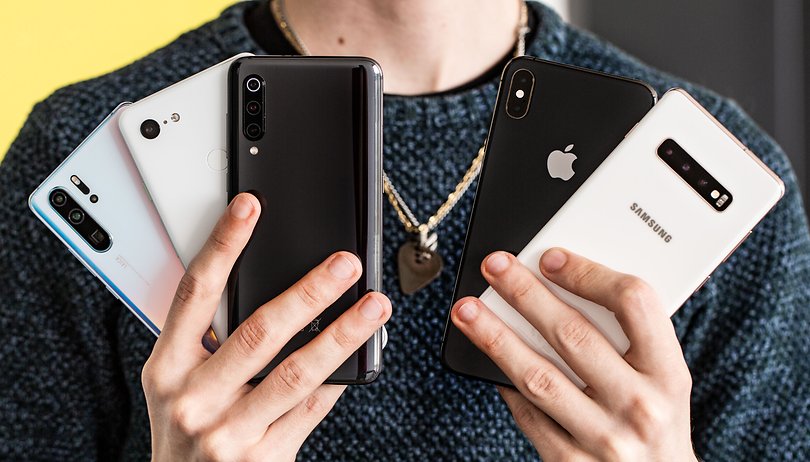

With flagship smartphones costing upwards of $1000, chances are high you will end up with a massive hole in your pocket if you decide to get yourselves the newest gizmo in town. But what if you wait for a year (or two) and then buy your dream phone? By then, the old flagship would have dropped several notches down on the price. In such cases, does it make sense to buy an old flagship over a relatively new mid-range smartphone? Well that is precisely what this article explores.
Let us check out the main differences between previous year’s flagships and the much newer mid-rangers. The comparison would be done on the basis of some of the most important aspects of the modern-day smartphone. Use the quick links below to jump to a section that you're interested in.
Jump to
- Display: Who does it better?
- Build quality: Plastic vs. glass
- Camera and imaging
- Processor, and other hardware
- Storage
- Software and OS Updates
- Battery life
- Conclusion
Display
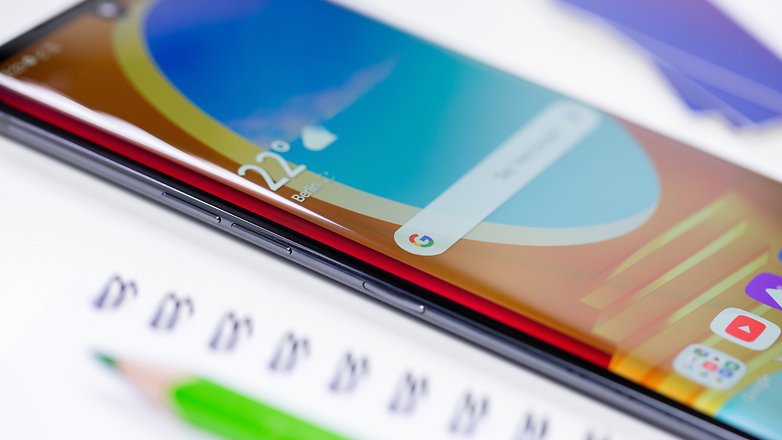
Even though they might be a year or two older, most older flagships almost certainly boast of a much higher quality display over most mid-range devices of today. It is also almost certain that the flagship would boast of a high refresh rate AMOLED panel that is also color accurate. Oh, and if you like your screens served curved, older flagships are your best bet.
Interestingly, while AMOLED displays have also become common on several mid-range phones with some even offering support for high refresh rates, they do fall behind on the overall display quality. Simply put, all AMOLED panels are not built the same.
Then there are some other mid-range smartphones that continue to use high refresh rate LCD panels. While LCD panels aren’t bad per se - they typically fail to match up to their AMOLED brethren in terms of color reproduction and accuracy on smartphones. If that wasn't all, you need to remember the fact that older flagships will also almost certainly support standards like HDR10/10+/Dolby Vision. These are stuff that most mid-range smartphones tend to give a miss - and help keep their costs down.
Winner: Old flagship phones
Build Quality

Flagships generally tend to be much better built than their mid-range counterparts. However, thanks to the advent of Chinese brands like Oppo, Vivo, and Xiaomi, that gap is fast closing. One example I can cite is the Vivo X50 Pro that we tested last year. It was no less than a flagship when it came to the overall looks, fit and finish. Flagships are also known for their premium, glass back designs that look like a million dollars. But then, be prepared to shell a significant amount of money in the event of an unintended drop test.
Mid-range devices, thanks to their plastic build, generally tend to be a tad more durable and are less susceptible to breakages and even when they do break, they are much cheaper to repair. One area where older flagships do score better is when it comes to IP rating for water and dust ingress protection. But mid-rangers are slowly encroaching into this territory as well.
- Winner: Old flagship phones. But mid-rangers are getting better
Camera, image quality
While there is no denying that the cameras on budget and mid-range devices have seen several improvements over the years, the general consensus is that most mid-range smartphones - to this day - struggle to compete against a previous year’s flagship device when it comes to imaging. There might be outliers to this, but they continue to be too far and between.

As things stand today, cameras on older flagship phones tend to be better than most new mid-range smartphones not only in terms of image processing and the quality of sensors, but also important bits like the type and quality of lenses and multi-lens Optical Image Stabilization. My colleague Antoine also stressed on the fact that any self-respecting older smartphone will have a better telephoto lens - something most mid-rangers still do not offer.
Older flagships are also likely to offer much better video recording capabilities along with much better low light image quality, compared to newer mid-range smartphones. Sorry, mid-rangers, we're gonna have to award this one to the old, dusty flagship.
Winner: Old flagship phones. Especially if you are finicky about image, video quality and low light shots.
SoC, processor, and related hardware
It is a given that flagship smartphones typically feature cutting edge hardware and the best flagship-grade SoC money could buy at the time. What you may not probably know is how good these chipsets are even 2, 3 years down the line.
In most cases, they continue to offer better performance compared to newer mid-range SoCs. In fact, chipmakers have begun rebranding older flagship chipsets (with minor changes) and putting them on new mid-range devices for this exact same reason. A recent example of this would be the Snapdragon 860 and Snapdragon 870 chipsets from Qualcomm which are nothing but modified variants of the Snapdragon 855 and the Snapdragon 865 SoCs from previous years.
So, yes, last year's flagships can easily beat mid-range SoCs in benchmarks. That, however, doesn’t mean that the hardware on mid-range phones are unusably slow. For the average user, the performance difference between the two might not be significant enough unless they are into processor and graphics-intensive use-cases. Flagships, on the other hand, will be attractive to folks who want the best performance money can buy - but on a budget.
- Winner: Old flagships – if you REALLY care about performance
- Look out for: Mid-range smartphones that use rebranded versions of previous year SoCs (SD 860/870)
Storage
Surprising as it may seem, newer mid-range smartphones may have a slight edge over older flagships when it comes to storage. While you can buy an older flagship smartphone with up to 256GB or 512GB of storage, it is not uncommon for mid-range devices also to offer an option that comes with 128/256GB storage. But what tilts the balance somewhat in favor of the mind-rangers is that for very little money, you can (on most of them) expand the storage further using microSD cards.
On the other hand, most flagship smartphones of today do not have expandable memory (Samsung flagships from 2019-20 do). Mid-range smartphones have also nearly caught up with flagships and now support upto UFS 3.0 for internal storage. Only the newer flagships support the UFS 3.1 standard.
- Winner: New mid-range smartphones for the sheer versatility on offer.
Software and OS updates
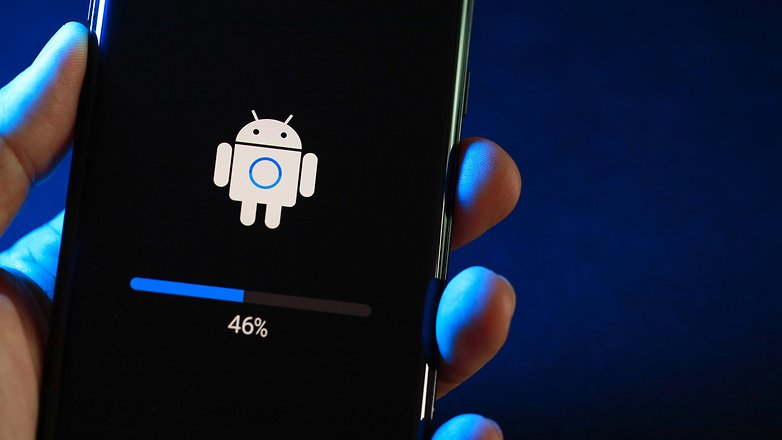
2021 was a watershed year in the history of Android smartphones - for it was this year that the world’s largest Android smartphone vendor Samsung made a major announcement. The company confirmed that all of its Galaxy branded Android devices will get three years of software updates and an additional year of security updates.
This announcement came at a time when software update roadmap support for Android smartphones was haphazard and completely disorganized. Basically, whenever you purchase a mid-range device, you can do nothing except pray the company offers software updates for the next couple of years.
Flagship smartphones were usually exempt from this issue since the clientele that bought these phones were a finicky lot who really cared about periodic, timely (and assured) software updates. Samsung’s decision marked a change to this policy and with the market leader implementing this policy, it is only natural the competing brands take note.
Effectively, this means that mid-range handsets of the future might have the same shelf life as a flagship phone. This means that, as of now, if you buy a Samsung mid-range phone, you are assured that you will receive updates for a longer duration than if you had bought an older flagship. This dramatically swings the balance in favor of new mid-range devices.
However, it is to be noted that other manufacturers are yet to commit to such an update cycle. Which is why old flagships win this round - albeit only by a slight margin.
- Winner: Older flagships win. For now.
Battery
One area where most mid-range smartphones take a decisive lead over flagships is battery capacity. This is mainly because flagships tend to be slimmer and svelte looking to appease the premium customer and hence need to look the part. Mid-rangers, on the other hand, have no such pretensions and typically pack in large batteries which translates to much longer battery life.
To sweeten the deal, mid-range phones also support adequate fast charging technologies and do not take forever to charge – even with huge batteries. Besides, the SoC used on mid-rangers are typically less resource hungry and usually only need to drive an FHD+ panel as opposed to QHD+ panels on flagships. Clearly, flagship phones - old or new - stand no chance here.
But hey, there is one area where flagships win. Even older flagships feature support for wireless charging and reverse wireless standards. Most mid-rangers are yet to offer wireless charging. Of course, there are several outliers to this ‘rule’.
- Winner: New Mid-range smartphones.
- Look out for: Go for a flagship if you really care about wireless charging
New mid-range phone vs old flagship: Who wins?
As you might have already figured by now, the decision to buy last year's flagship over a new mid-ranger (or the other way round) should be taken on the basis of what the intended use case would be.
For example, a one-year-old flagship would still make sense for gamers on a budget and for those who want a better camera experience. It is also advisable for folks who wish to receive regular, reliable software updates for at least the next couple of years. And of course, the display quality, design, fit and finish on older flagships shall always remain a notch above newer mid-range devices.
On the other hand, if you’re someone who’d do just fine with a smartphone that delivers acceptable/decent image quality, and offers excellent battery life alongwith good performance, you should probably take the mid-range path.
Do you agree with us? If not, do let us know why in the comments section below!







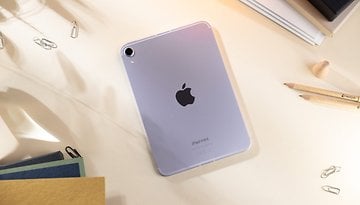
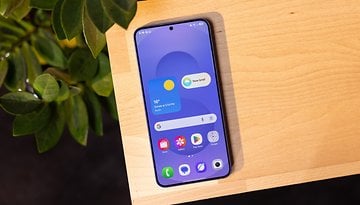
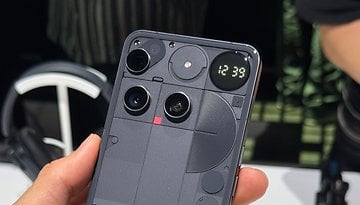



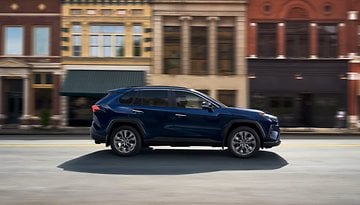






I don't know whether to buy the Samsung Galaxy S10+ or the Poco F3 in the U.S. I have a feeling Poco phones won't work in the U.S, like it being banned or the network not being able to work, and also the charger in the box isn't for the U.S and stuff like that, but it is just such a fantastic phone. Now, the Samsung Galaxy S10+ is very good too, however I'm uncertain about the battery because its renewed and the years have more software updates. Ya'll tell me which to buy. Thank you!
Ok, thanks for the information and have a good day!
I thought it ironic that for devices whose primary function is telephony, audio quality wasn't on the list. I was surprised and disappointed to find that my 5 year old Asus Memopad that cost under $150 (works great with Google Voice and Duet) has phone audio quality far superior to a new +$300 "smart"phone, and so does my wife's cheap 5 year old flip phone.
I had a OnePlus 7T bought Mid 2020. After upgrading my watch to a Samsung galaxy 3, I worked and worked to get all of the features to work on the 7T, but it was just to much of a PITA. I found a midrange Samsung A71 5G for 300 bucks and bought it to see how "slow" it was. It is as fast and as responsive as the 7T, good camera, great battery life, plus 5G (which I turn off because 4G LTE is fast enough and I'd rather have better battery life). HOPEFULLY the age of the overpriced "flagships" will come to an end as people figure out the midrange phones are good enough unless you want benchmarks or cutting edge games and what not.
Amazing information providing by your article, thank you so much for taking the time to share a wonderful article.
I don't know where last year flagships are being discounted. When last years flagships are available in US they are sold at or near original price. When used flagships are offered they are only a few hundred dollars less than new.
I haven't bought a flagship in many years.